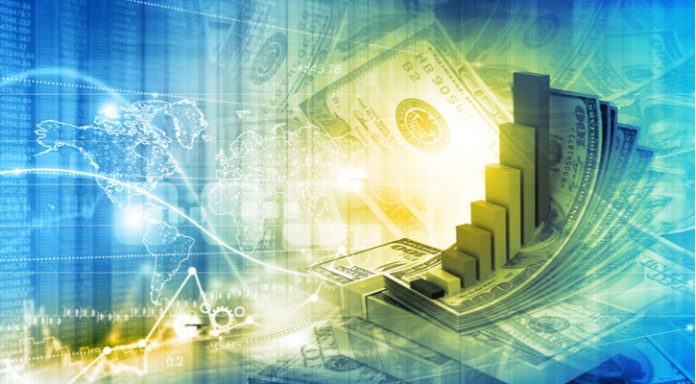Pound continues to rally against the dollar despite a short fall early yesterday morning to a low of 1.4172. From this level it sharply rose to 1.4265 and has remained steady at this rate throughout yesterday and early today. Even though the pound is at a slightly lower rate versus the dollar compared to the past two days, it is holding strong if we look at its performance in the last four months, versus dollar.
| What do these figures mean? |
|---|
|
When measuring the value of a pair of currencies, one set equals 1 unit and the other shows the current equivalent. As the market moves, the amount will vary from minute to minute. For example, it could be written: 1 GBP = 1.28934 USD Here, £1 is equivalent to approximately $1.29. This specifically measures the pound’s worth against the dollar. If the US dollar amount increases in this pairing, it’s positive for the pound. Or, if you were looking at it the other way around: 1 USD = 0.77786 GBP In this example, $1 is equivalent to approximately £0.78. This measures the US dollar’s worth versus the British pound. If the sterling number gets larger, it’s good news for the dollar. |
The US Federal Reserve has adopted a hawkish tone on its interest rates policy. The central bank left the interest rate at a 1/25 per cent to 1/5 percent on Wednesday, a move which economic analysts are claiming to be hawkish. Analysts even predict that the Federal Open Market Committee’s January meeting indicates that an interest rate hike is around the corner. Not only this, analysts report that the US Fed might be on a path of continual interest rate hikes. Normally, this would have boosted the value of dollar greatly. In fact, the dollar did regain some of its losses. However, this was short lived, and the dollar could not resist the might of pound as the day passed. This weakness seems to be due to growing political uncertainty in the US. Last week, some media outlets reported that US government is actively supporting a weaker dollar – this means that it is more likely to support policies that result in a weak dollar. Alongside this, there is again a growing possibility of government shutdown this month. This increased political uncertainty is bringing volatility to the dollar despite the Fed’s policies.
| Why do raised interest rates usually boost a currency’s value? |
|---|
| Interest rates are key to understanding exchange rate movements. Those who have large sums of money to invest want the highest return on their investments. Higher interest rate environments tend to offer higher yields. Usually, if the interest rate or at least the interest rate expectation of a country is relatively higher compared to another, then it attracts more foreign capital investment. Large corporations and investors need local currency to invest. More local currency used then boosts the demand of that currency, pushing the value higher. |
UK House price growth beat expectations
Meanwhile, the pound was helped by the release of data regarding annual rate of house price growth according to the Nationwide house price index. The index showed that prices grew by 3.2 per cent at the start of 2018, compared with 2.6 per cent at the end of 2017. This was much more than the analyst’s prediction of a 2.5 percent growth. This indicates that the UK housing sector is booming and added to the stability of an already strong pound.
| Why does strong economic data boost a country’s currency? |
|---|
| Solid economic indicators point to a strong economy. Strong economies have strong currencies because institutions look to invest in countries where growth prospects are high. These institutions require local currency to invest in the country, thus increasing demand and pushing up the money’s worth. So, when a country or region has good economic news, the value of the currency tends to rise. |
Today the US will see the release of two important economic data points. First, in the form of Non-farm payrolls data and second in the form Unemployment rate. Both of these are important indicators of the health of economy and of wages that US workers are earning. Should the numbers come in greater than expected, the likelihood of an interest rate hike increases further and that should have a positive impact on the dollar.
| How does the non-farm payroll (NFP) affect the US dollar? |
|---|
| It works like this, when there is low unemployment and high job creation, the demand for workers increases. As demand for workers goes up, wages for those workers also go up. Which means the workers are now taking home more money to spend on cars, houses or in the shops. As a result, demand for goods and services also increase, pushing the prices of the good and services higher. That’s also known as inflation. When inflation moves higher, central banks are more likely to raise interest rates, which then pushes up the currency’s worth. |
|
This article was initially published on TransferWise.com from the same author. The content at Currency Live is the sole opinion of the authors and in no way reflects the views of TransferWise Inc. |





